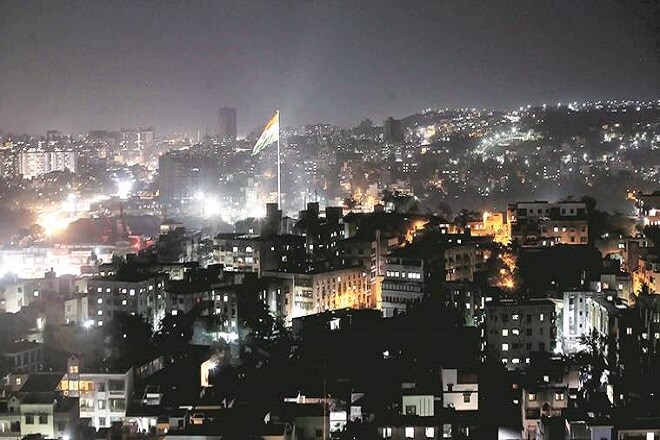Ease of living index: Pune has come out on top in the ‘Ease of Living Index’ which ranks 111 cities across India on institutional, social, economic and physical parameters. Notably, Hardeep Singh Puri, Housing and Urban Affairs Minister launched the index today along with launching Swachh Survekshan 2019 in New Delhi. The Swachh Survekshan 2019 is proposed to be conducted from January 4 to 31, to encourage “large scale” citizen participation ensuring sustainability of initiatives taken towards making cities garbage-free and open defecation-free.
According to the ministry, Greater Mumbai has been ranked at number three, followed by Triputi, Chandigarh, Thane, Raipur, Indore, Vijaywada and Bhopal. Explaining how the ranking has been arrived at, Hardeep Suri said the Ease of Living Index has been based on four parameters — governance, social institutions, economic and physical infrastructure. For coming with the ease of living rankings, 78 overall indicators were chosen, and evaluation of cities was done across these indicators.
Four cities of Maharashtra made it to the top 10 list (Thane is placed at 6th spot), while national capital New Delhi languished at the 65th spot. Uttar Pradesh’s Rampur got the dubious distinction of ranking last on the list. Notably, UP, West Bengal, Tamil Nadu and Karnataka, which have a number of big cities, found no representation in the top 10. Tamil Nadu’s Chennai came in at the 14th spot.
Interestingly, metro city of Kolkata refused to participate in the rankings. The Ease of Living Index is an initiative of the Ministry of Housing and Urban Affairs (MoHUA) to help cities assess their liveability vis-à-vis global and national benchmarks and encourage cities to move towards an ‘outcome-based’ approach for carrying out urban planning and management.
Earlier, it was decided in June 2017 to rank cities based on the liveability parameters. The implementation of the assessment commenced formally on 19 January 2018 covering 111 cities. Under the analysis, evaluation of cities has the institutional and social pillars carry 25 points each, 5 points is reserved for the economic category and 45 points for the physical pillar. Under the exhaustive project, the cities submitted data on more than 50,000 points. Secondary audit of 10,000 documents, a physical audit of 14,000 units and a survey of more than 60,000 citizens have been completed which led to finalization of ease of living index.


